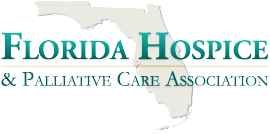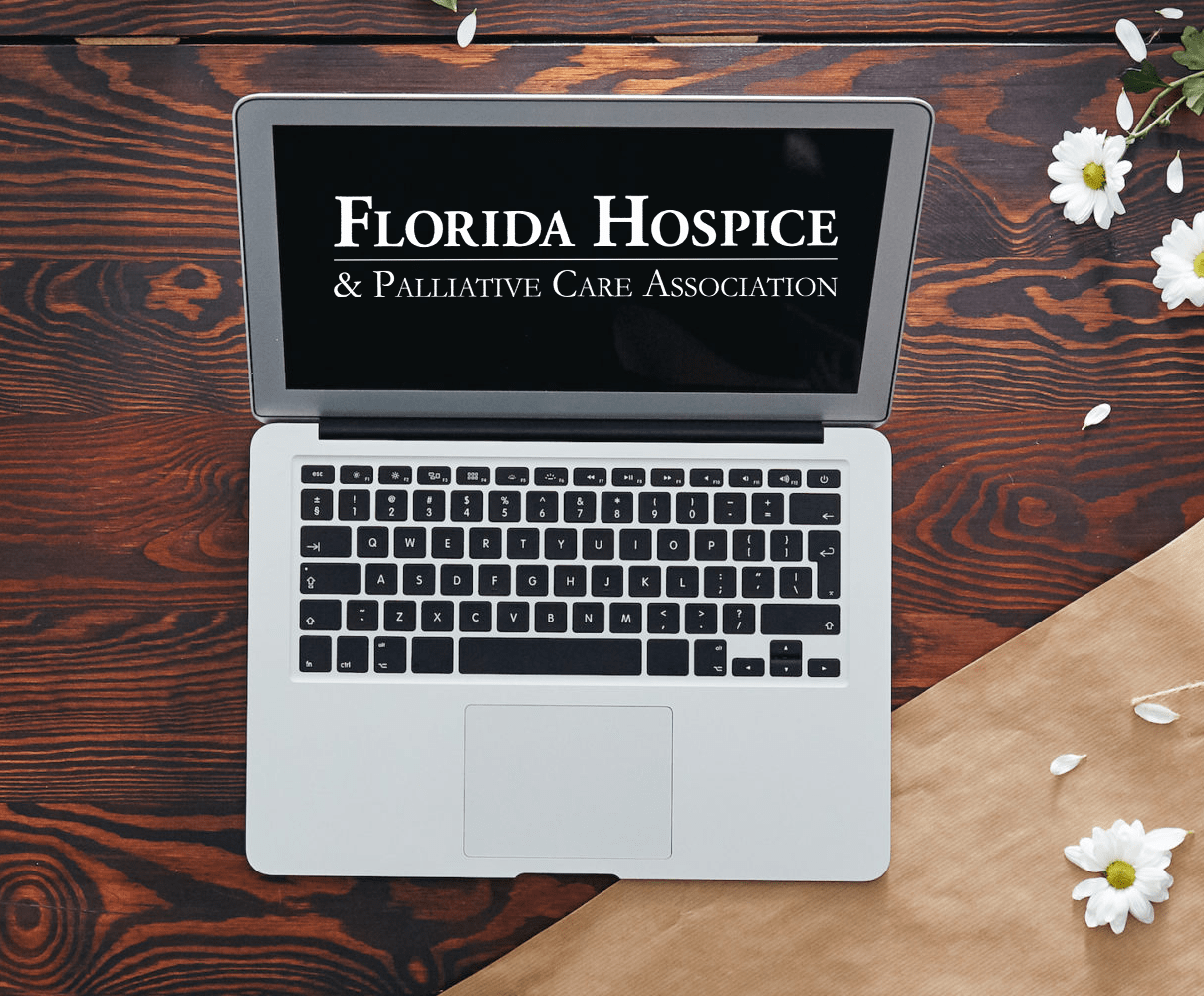Hospice Providers to Benefit from New Two-tiered Reimbursement Program to Begin in January

“As a state organization working with multiple hospice programs, we encourage people to learn about hospice and palliative care before they ever need it—when they are not emotional and trying to process the many aspects of an illness,” explained Susan de Cuba, chairman, Florida Hospice and Palliative Care Association and president and CEO of Treasure Coast Hospice. “We want to help them learn early about what options are out there, so that when the time comes, they can access what they need.”
In addition to educating patients about the many benefits of hospice, the state association also provides resources to hospice providers, and works to stay on top of regulatory issues and state and federal requirements. According to de Cuba, one of the most pressing concerns at present is the change to the routine home care rate (RHC), which will take place on January 1, 2016.
“As part of the Affordable Care Act, we will soon see a change in how we get paid,” she explained. “There are currently four different levels of care that are each paid at a different rate, and by far, the most predominant one is the routine home care rate, which makes up 98 percent of all patient days in Florida.”
Beginning next year, the RHC will change to a two-tiered rate, with a higher rate paid for the first 60 days of a patient’s care, and a lower rate for days 61 and after. A service intensity add-on (SIA) payment will also be made for visits conducted by a registered nurse and/or social worker for up to four hours a day during the last seven days of a hospice patient’s life.
“Most hospice providers are pleased with this change because it recognizes the varying levels of intensity during a patient’s stay and is geared to be budget neutral in the larger scheme of things,” said de Cuba. “Patients need and use more services when they first come into the hospice program, and then do not use the services as intensively until they are nearing the end, when they again require more services. This will even out how hospice providers are paid, depending on the intensity level of the services we provide.”
While hospice providers are looking forward to the change, de Cuba believes that there will still be some kinks to work out. “The biggest challenge in Florida is the Medicaid system because it partners with many managed care companies that each have their own systems,” she explained. “These systems must be set up to make the change to the two-tiered rates by January 1, which is a very aggressive deadline.”
“Of the total reimbursement dollars Florida hospices receive, approximately 86 percent is provided by Medicare and 7.4 percent by Medicaid and the rest is through other types of insurance,” she added. “Even though Medicaid dollars make up a smaller percentage, it can still cause a disruption in the reimbursement process.”



